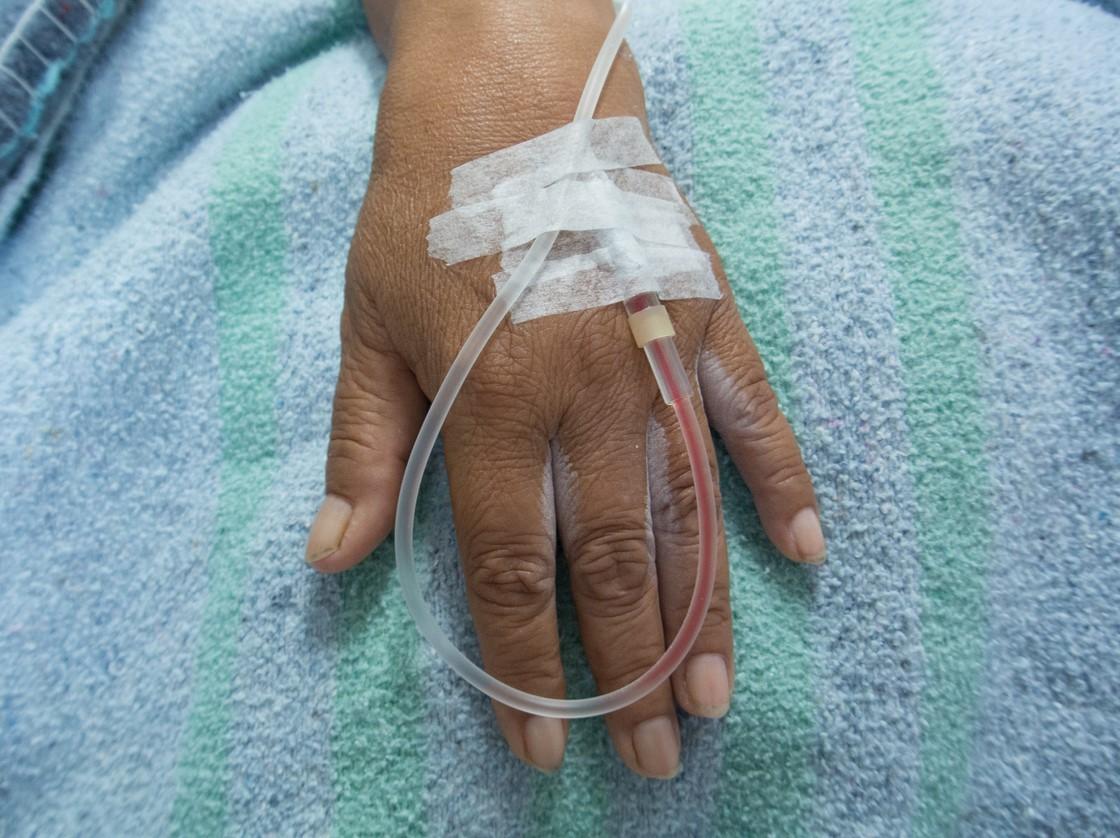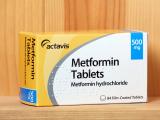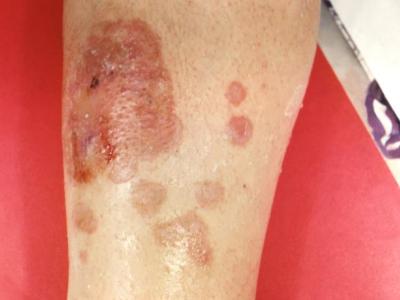A study of 223 patients younger than 20 years hospitalized with the rare but serious COVID-19–related multisystem inflammatory syndrome in children (MIS-C) in New York City found that black children were disproportionately affected.
The population-based cohort study, published as a research letter today in JAMA Network Open, involved analysis of the medical records and lab data of all pediatric MIS-C patients reported to the New York City Department of Health and Mental Hygiene from Mar 1 to Jun 30.
MIS-C is believed to be an abnormal immune response to the novel coronavirus, similar to but distinct from Kawasaki disease. Although the syndrome was thought to affect only children, a recent study identified it in adults as well.
Overall, the incidence of MIS-C was 0.01%. While black children make up 22.2% of New York City's population and 19.9% of pediatric COVID-19 hospitalizations, they constituted 34.4% of MIS-C cases. Hispanic children made up 29.8% of the cases, similar to their proportion of the city's population (35.6%), although they accounted for 40% of COVID-19 hospitalizations.
In contrast, white children accounted for 12.8% of MIS-C cases and 13.8% coronavirus hospitalizations, although they composed 26.1% of the city's population. Similarly, Asians and Pacific Islanders made up only 5.5% of MIS-C cases and 3.2% of COVID-19 hospitalizations, although they accounted for 12.8% of the population.
Relationship of race, MIS-C
Black children had a higher rate of MIS-C than white children (incidence rate ratio [IRR], 3.2), as did Hispanic children (IRR, 1.7). Asian and Pacific Islander children did not have a significantly different incidence than their white peers. Compared with their white counterparts, black and Hispanic children also had higher COVID-19 hospitalization rates (black IRR, 1.7; Hispanic IRR, 2.1).
Median patient age was 7 years, and 57% were male. Fifty patients (22.4%) had at least one underlying medical condition, the most common of which were asthma (13.9%) and obesity (9.0%).
The authors said that they don't know whether the MIS-C disparities observed in their study are part of the larger health inequities seen throughout the COVID-19 pandemic. "It is unclear whether this finding represents a phenomenon distinct from the increased burden of COVID-19 in Black and Hispanic communities, because we also observed a disproportionate burden of COVID-19 hospitalizations among Black and Hispanic children," they wrote.
The researchers called for larger studies to determine the relationship between MIS-C and race and understand the role of structural racism in perpetuating health inequities, as well as heightened vigilance in recognizing the syndrome in non-white children.
"Although MIS-C is uncommon, clinicians should be aware of the potential enhanced risk of this emerging syndrome among Black and Hispanic children," they said.





















